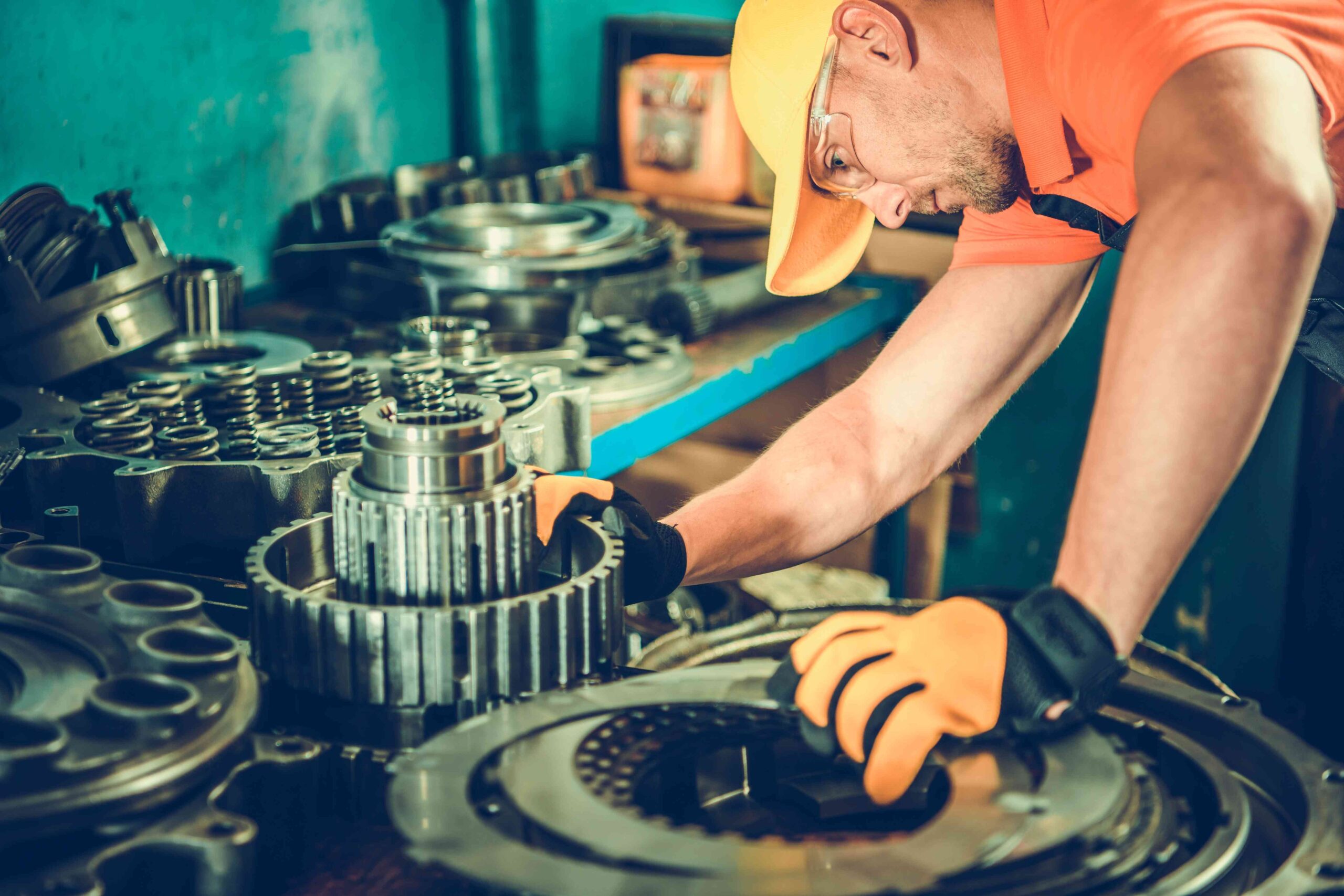PROGRAM SCHEDULE
Ref No: ME 109 Program Name: Alignment Methods and Applications
| Starts | Ends | Venue | Fees | Join Now |
| 20 Feb 2023 | 24 Feb 2023 | Dubai, UAE | $ 4,750 | Registration Closed |
| 07 Aug 2023 | 11 Aug 2023 | Dubai, UAE | $ 4,750 | Registration Closed |
| 19 Feb 2024 | 23 Feb 2024 | Dubai, UAE | $ 4,750 | Registration Closed |
| 12 Aug 2024 | 16 Aug 2024 | Dubai, UAE | $ 4,750 | |
| 04 Nov 2024 | 08 Nov 2024 | Istanbul, TR | $ 4,550 |
PROGRAM DETAILS
Course Description
One of the most common causes of vibration in rotating equipment is shaft misalignment. This comprehensive course trains the student the needs for precision shaft alignment and instructs the popular methods to achieve it. This course will provide participants with the working knowledge to achieve alignment on two-shaft systems (e.g. motor and pump) and will emphasize what is involved in the overall alignment process. This course helps to insure that the participants are aware of the various techniques to measure and correct misalignment. In addition, it will help participants pick the best method of alignment to suit their individual needs and the needs of their company.
Learning Objectives
Upon the successful completion of this course, participants will be able to:
- Apply and gain a comprehensive understanding of alignment
- Identify the importance of proper shaft alignment and identify the symptoms of misalignment
- Discuss the foundations, base plate and piping effects and enumerate various types of couplings.
- Identify alignment and coupling tolerances and perform the preliminary alignment checks
- Enumerate the different alignment methods(dial indicator and laser ) and state the advantages of each alignment method .
- Apply alignment procedures, analyze mathematical relationships and perform alignment calculations and graphic.
- Evaluate alignment considerations for specific equipment such as; electric motors, pumps, gear boxes, compressors, cooling towers, blowers & fans & internal combustion engines
- Prevent misalignment severity and vibrations caused by misalignment
Who Should attend?
Maintenance, inspection & technical support engineers, supervisors and technician.
Training Methodology
This interactive training course includes the following training methodologies as a percentage of the total tuition hours:-
40% Lectures
20% if the workshop available practical training will be conducted in the workshop.
20% Case Studies & Practical Exercises
20% Videos & General Discussions
Course Outlines
Day 1
1- Introduction
- What’s Alignment?
- The alignment Process
- Pre-shutdown preparation
- Prior to Misalignment Measurement
- Base preparation
- Coupling run out check
- Shaft run out check
- Soft Foot
- Piping Strain
- Thermal growth
2- Alignment Calculation
- Balance Dial Indicator
- Converting sweep readings
- Formulas for determining Horizontal and Vertical Moves
3- Rim and Face Shaft Alignment
- Types of Misalignment
- Couplings
- Seals
- Bearings
- Vibration
- Downtime
- Alignment Accuracies
- Pre-Alignment Procedures and checks,
- Rim and Face Machine Shaft Alignment
- Rough Alignment
- Precision Alignment
- Rough Horizontal Alignment
- Precise Horizontal Alignment
- Presentation for Final Readings
Day 2
4- Reverse/Cross Dial Alignment Method
- Cross dial method
- Rim Dial reading
- Cross Dialing Alignment Graphical Method
- How to construct the cross dial Graph
- Steps in Drawing the Graph
- Horizontal Cross Dial Graph Example
- Graph Method of Cross Dialing in the Horizontal Plane
- Cross Dial Measurement Method
- Corrective Moves on MTBM
- Misalignment Limits
- Angular Error Check
- Offset Error Check
- Alignment Error Limitations
- Cross Dialing Horizontal Plane Alignment Using Formulae
- Comparing Cross Dialing to Reverse Dialing
Day 3
5-Laser Shaft Alignment.
- Laser Safety
- Rim and Face Alignment
- How accurate is the dial indicator readings
- Laser Alignment
- Key Laser Components
- Laser Emitter
- Receiver
- Safety and Operating Guide lines for Laser Units.
- Laser Bore Alignment
Day 4
6- Advanced Alignment
- Safety
- Drive Shaft Coupling Alignment.
- Thermal Growth
- Practical Example
- Example of thermal Growth problem
- Electric Motor Thermal Growth
- Combination Misalignment and thermal Growth Correction.
- Hot Alignment Methods.
- Characteristics of Online Monitoring,
- Multi-Machine Shaft Alignment.
7-Aligning V-Belt Drives
- Belt Drive Systems—Advantages and Disadvantages
- V-Belt Standards Information
- Sheave Information
- V-Belt Recommendations and Rules of Thumb
- Sheave and Belt Wear
- Adjusting Belt Tension
- Preliminary Alignment Checks for V-Belts and Sheaves
- Types of Sheave Misalignment Conditions
- Using a Straightedge to Measure Misalignment
- Measuring the Misalignment at the Sheaves
- V-Belt Machine Measurements
- Modeling V-Belt Alignment Problems
- V-Belt Alignment Modeling Sample Problem
8- Vibration Symptoms and vibration Diagnostics in case of
- Misalignment
- Vibration Basic Plot diagrams
- Vibration diagnostics
- Misalignment Symptoms
Day 5
9–Flexible and Rigid Couplings
- Coupling and Shaft Misalignment Tolerances
- What is the Difference?
- The Role of Flexible Coupling
- What to Consider when Specifying a Flexible Coupling
- Types of Flexible Couplings
- Rigid Coupling Design
- Flexible Coupling Lubrication
- Coupling Installation
- Coupling Hub Attachment Methods
- Keys and Keyways
- Post Test
- Course Certificates





